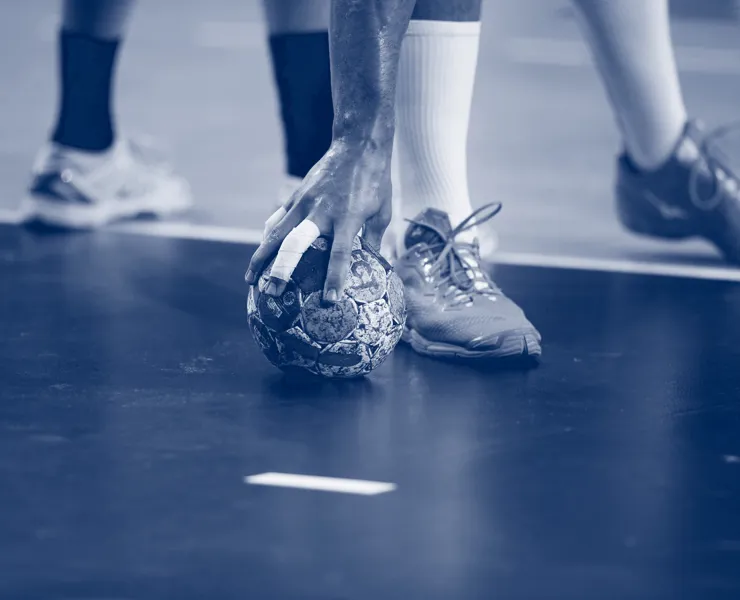Goal-line technology does what it says on the tin: it creates a way that referees can be sure whether there was a goal or not. The technology uses three cameras fixed to the underside of the crossbar.
“If a referee is not sure whether there was a goal or not, whether the ball was clearly behind the line, they make the signal, time is paused, and they run off-court to check the video,” Opava explains.
“The video shows a virtual line, as in beach handball there is no physical line between the posts. The referees get a clear view from the cameras whether there is a goal or not.”
Throughout the EHF Beach Handball Champions Cup 2023 this technology has been used. With matches often going to shootouts and one goal being the difference between a win or a loss, the role of this goal-line technology in ensuring fairness cannot be understated.
Opava explains that “video replay is also a technology based on cameras, mainly it’s connected to the livestream, but additional cameras with different angles can be used when needed for a clear image.”
Video replay technology is only to be used by the referees and is used approximately two or three times a match, largely depending on the nature of the match.
When outlining the application of these two camera-based technologies it is important to know that “there are strict rules on usage. Goal-line technology is only used by the referees if they are checking whether there is a goal or not, or at the end of a set whether a goal was inside the time or not – the technology is also connected to the scoreboard and timing.”
Opava elaborates that, similarly, “the regulation for video replay is only used for a few situations: where the referee is attempting to determine whether there should be a direct disqualification for a player, in other words a red card. Or if there is a shootout, they can use video replay to see whether the attacking player is crossing the goal area line and whether allow or disallow the goal. Referees again must show a signal in the middle of the court, pause the time, inform the delegate why they are using the technology – then they check the situation as a slow-motion video replay.”
According to Opava, “this technology brings a better solution of some difficult situations and a clear solution of that. if you use video or goal-line technology, It is totally clear 99 per cent of the time if the decision was correct or not, and there are no doubts about it. Everyone knows that it was checked on the video – this is a similar advantage as in indoor handball.”
The electronic team timeout buzzer
The electronic team timeout buzzer was previously used at the YAC 16 EHF Beach Handball EURO 2022 in Türkiye and in European matches before coming to Porto Santo this summer. The buzzer is positioned between the coaches in the middle of the substitution area.
Opava explains that “if the coaches decide to use a team timeout which they have one per set, they push the buzzer and this should stop the time, alongside a loud klaxon noise coming out to notify the players, officials, etc.”







